10 Computer Vision platforms for Data-centric AI
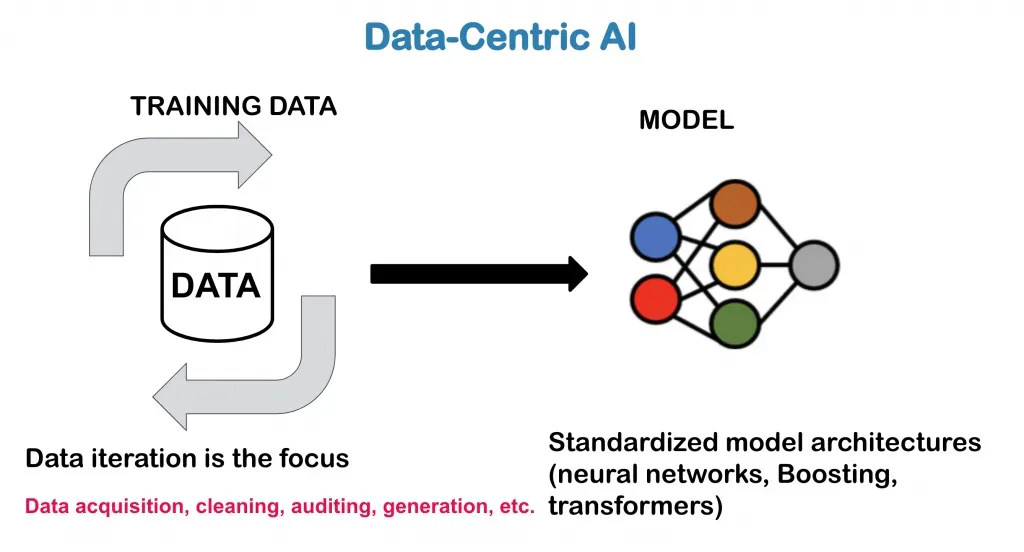
Computer vision is a rapidly growing field of artificial intelligence that allows machines to interpret and understand visual information from the world around them.
With the explosion of image and video data, computer vision has become increasingly important in a wide range of industries, including healthcare, automotive, retail, and more.
In this blog, we will explore the top 10 computer vision platforms that are leading the charge in this field. These platforms offer a range of features and capabilities, from image recognition and object detection to semantic segmentation and optical character recognition (OCR).
Whether you are a data scientist, machine learning engineer, or developer looking to integrate computer vision into your projects, these platforms are sure to provide you with the tools and resources you need to build robust and accurate computer vision models.
So, let's dive in and explore the Top 10 Computer Vision Platforms for Data-centric AI!
Top 10 Computer Vision platforms for Data-centric AI
Here are some top 10 computer vision platforms for data-centric AI:
1. TensorFlow
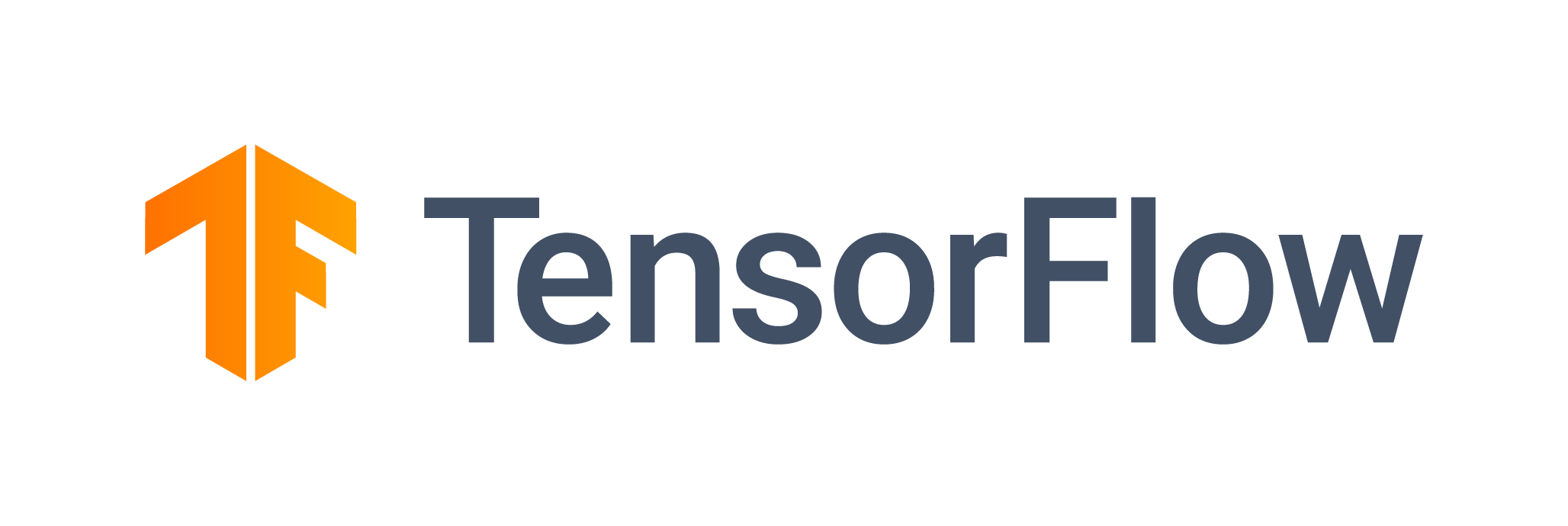
TensorFlow is a popular open-source machine learning framework developed by Google. It is widely used for developing computer vision models and is known for its ease of use and flexibility. TensorFlow includes several high-level APIs that make it easy to build complex models.
Its native integration with TFData pipelines and automated data augmentation tools makes it ideal for data-centric workflows requiring large-scale dataset transformations.
2. PyTorch
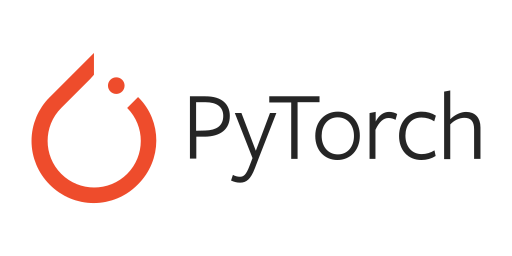
PyTorch is another popular open-source machine learning framework that is widely used for developing computer vision models. PyTorch is known for its ease of use and flexibility, and it has gained popularity among researchers and practitioners alike.
Dynamic computation graphs enable rapid iteration on messy real-world data, critical for data-centric AI experiments.
3. Labellerr

Labellerr is a cloud-based data annotation tool that offers an easy-to-use interface and supports various video formats. It is one of the unique tools that support automated data labeling features that can help you fasten your model training process. It provides a range of annotation tools such as bounding boxes, polygons, key points, and semantic segmentation. With Labellerr, you can annotate videos with high accuracy and speed, and also collaborate with team members in real-time.
Its AI-assisted labeling reduces training data bottlenecks by 40%, making it essential for iterative data-centric workflows.
4. Keras

Keras is a high-level deep-learning framework that is built on top of TensorFlow. It is designed to make it easy to build complex models with minimal code. Keras includes several pre-built models that can be easily customized to fit your specific needs.
Simplified APIs accelerate data-centric prototyping by reducing boilerplate code for data preprocessing and augmentation.
5. Caffe

Caffe is an open-source deep learning framework that is widely used for developing computer vision models. It is known for its speed and efficiency, and it is particularly well-suited for running on GPUs.
6. Google Cloud Vision
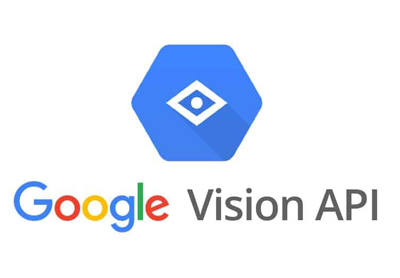
Google Cloud Vision is a computer vision cloud service offered by Google that provides developers with access to powerful image analysis and recognition technologies. With Cloud Vision, developers can quickly and easily integrate image analysis capabilities into their applications without having to develop and train their machine learning models.
Best for enterprises needing pre-trained models that adapt to domain-specific data without retraining.
7. Amazon Rekognition
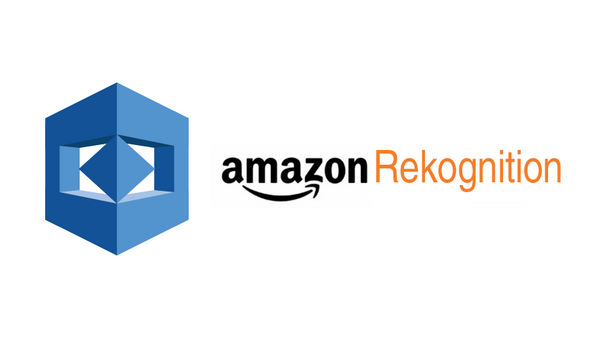
Amazon Rekognition is a cloud-based computer vision platform that includes pre-trained models for facial recognition, object detection, and image and video analysis. It can be integrated with other Amazon products, such as Amazon S3 and Amazon SageMaker.
Seamless AWS ecosystem integration simplifies building end-to-end data-centric pipelines from storage to deployment.
8. OpenCV
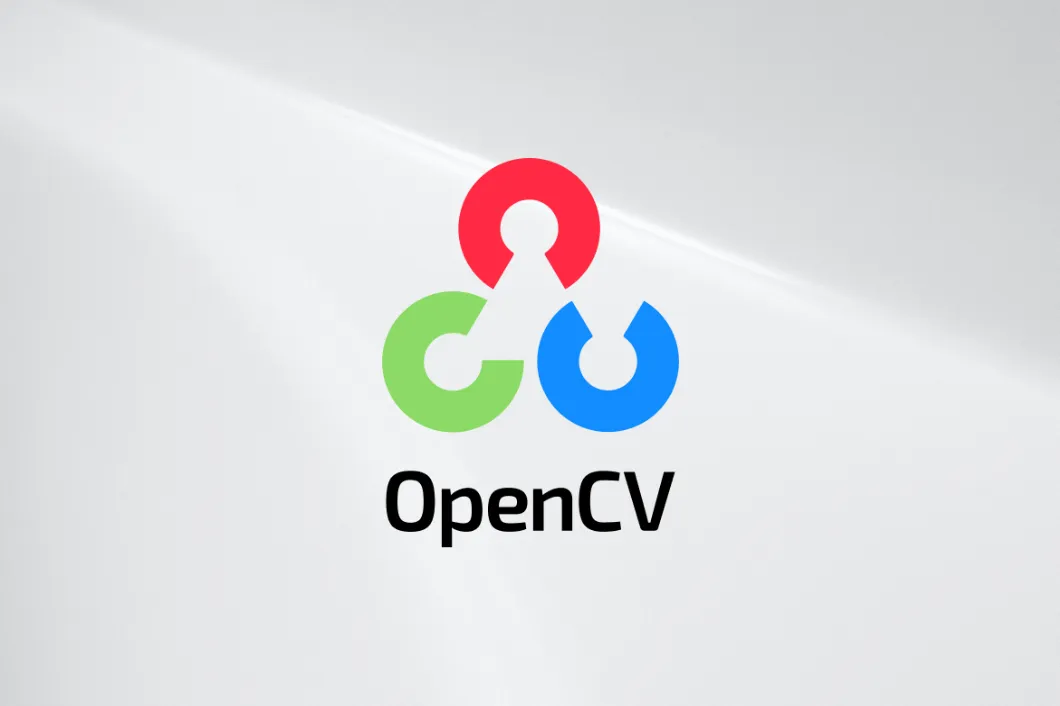
OpenCV is an open-source computer vision library that is widely used for developing computer vision applications. It includes several pre-built algorithms and functions that can be used to perform a wide range of computer vision tasks.
Robust image preprocessing functions help clean and standardize inconsistent real-world data – a cornerstone of data-centric AI.
9. Microsoft Cognitive Toolkit (CNTK)
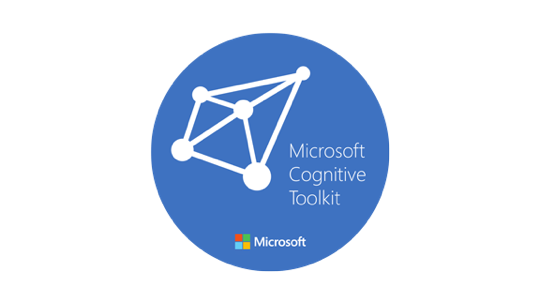
CNTK is an open-source deep learning framework that is widely used for developing computer vision models. It is known for its scalability and performance, and it includes several pre-built models that can be easily customized.
Distributed training capabilities handle terabyte-scale datasets efficiently, crucial for enterprise data-centric projects.
10. DLIB
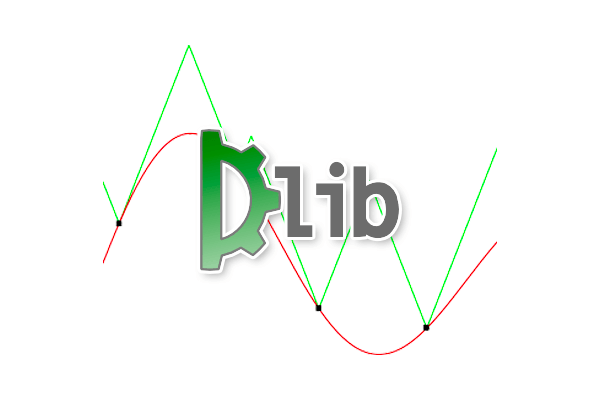
DLIB is an open-source C++ library that is widely used for developing computer vision applications. It includes several pre-built algorithms and functions that can be used to perform a wide range of computer vision tasks, including face detection and recognition.
Production-ready facial recognition models require minimal tuning for real-world data, reducing annotation overhead in identity verification systems.
Labellerr Success Stories - Manufacturing, Healthcare
Manufacturing: Labellerr reduced defect detection labeling costs by 60% for an automotive client by auto-labeling 10,000+ images/month.
Healthcare: Labellerr enabled a medical AI startup to iterate on tumor detection models 3x faster via active learning.
How Can I Choose the Best Platform for My Business?
While choosing the optimal computer vision platform for data-centric AI, consideration of a number of aspects is necessary.
The following stages will assist you in the selection process:
- Determine What You Need
Start by outlining the specifications and objectives of your project. Think about the precise tasks, such as image classification, object identification, or image segmentation, that you require the computer vision platform to do. Establish the scope of your project, the data types you'll be using, and any particular restrictions or limits you have.
Example: A drone inspection startup needed polygon annotations for rust detection – Labellerr’s auto-segmentation can cut labeling time by 70% compared to manual tools.
2. Analyze The Attributes
Look for computer vision systems that provide a variety of capabilities pertinent to the demands of your project. Think about features like pre-trained models, the ability to train new models, tools for annotating and labeling data, interaction with well-known frameworks, and scaling choices. Check to see if the platform is compatible with the particular algorithms or architectures you want to employ.
Pro Tip: Prioritize platforms with active learning features (like Labellerr's AI-assisted labeling) to reduce redundant data annotation by up to 50%.
3. Consider Your Data Management Abilities
Data management becomes essential as a result of your statement of data-centric AI. Evaluate the platform's storage, organization, and annotation capabilities as well as its capacity to manage massive amounts of data. Data versioning, data augmentation, and data pretreatment tools are things to look for as they can significantly improve your productivity.
Case Study: A retail chain used Labellerr's version control to track 12 iterations of product detection datasets, reducing model regression errors by 35%.
4. Analyze Model Performance
Look at how well the built-in models of the computer vision platform perform, or how simple it is to train your own custom models. Search for platforms that have shown to perform well on benchmark datasets that are applicable to your project. Consider aspects like model correctness, speed, and efficiency offered by the platform.
Tip: Test platforms with your own data slice. Labellerr offers free POCs to benchmark accuracy gains – one logistics client saw 15% higher mAP scores vs. competitors.
5. Scalability And Deployment Options
Consider the platform's scalability and deployment choices if you plan to scale your project in the future or implement it in production. Analyze the platform's capacity for efficient model serving and large-scale data processing. Depending on business needs, consider choices like cloud-based services or on-premises solutions.
Labellerr users deploying on AWS SageMaker reduced inference costs by 40% through optimized auto-scaling configurations.
6. User Experience And Support
Consider the user interface, usability, and development tools of the platform. Your process may be streamlined and time saved by using an intuitive, well-designed interface. Check whether the platform has documentation, tutorials, and community support as well. If you have any problems or need help, responsive customer service might be helpful.
Example: Labellerr's 24/7 support team helped a healthcare client comply with HIPAA data labeling requirements in under 48 hours.
7. Cost And Pricing
Think over the platform's price and how it fits within your budget. Analyze the price scheme, whether it is based on subscription, consumption, or a combination of both. Include expenditures for model training, data storage, and any additional fees for certain features or services.
Some platforms charge per API call (e.g., Rekognition). Labellerr's flat-rate pricing saved one client $18k/year in unexpected fees.
8. Privacy And Security
Check that the computer vision platform complies with privacy and security requirements while working with sensitive data. Analyze the platform's data handling security, compliance with legislation, and data protection procedures.
Labellerr offers on-premise deployment with AES-256 encryption – chosen by companies for sensitive medical imaging projects.
9. Trial Or Proof-Of-Concept
Prior to choosing a computer vision platform, consider running a trial or proof-of-concept. This enables you to check the platform's appropriateness for your project and evaluate it firsthand. Before spending a lot of money, evaluate the platform's performance on a smaller scale.
You can select the ideal computer vision platform for your data-centric AI project by following these steps and carefully taking into account your unique requirements.
Try Before You Buy: Labellerr's free tier includes 1,000 AI-assisted labels – enough to validate ROI.
Conclusion
In conclusion, computer vision platforms are essential tools for developing data-centric AI applications. With a wide range of features, capabilities, and integrations, these platforms can help businesses of all sizes harness the power of computer vision technology.
The top 10 computer vision platforms we've covered in this blog, including AWS Rekognition, Keras, and Microsoft Azure Computer Vision, offer powerful machine learning algorithms, intuitive APIs, and robust data management capabilities. By leveraging these platforms, businesses can gain valuable insights from their visual data and create innovative AI-powered solutions.
For data-centric AI projects:
- Use Labellerr to clean/annotate a 500-image subset
- Train a baseline model in TensorFlow/PyTorch
- Identify edge cases via Labellerr’s analytics
- Iterate with active learning → Scale to full production.
- Free Labellerr Trial for your pilot project.
FAQs
- What is a computer vision platform?
A computer vision platform is a software framework or service that provides tools, libraries, and APIs for creating and delivering computer vision applications. Functionalities for data administration, model training, inference, and visualization are frequently included.
2. Is it possible for beginners and specialists to use these computer vision platforms?
Yes, many of these platforms offer services for both beginners and experts. They provide easy procedures and user-friendly interfaces to make it simpler for newcomers to get started. At the same time, they provide experienced users with extensive features and customization possibilities.
3. Does computer vision platforms support a huge amount of datasets?
Yes, the majority of these computer vision platforms can handle huge amounts of datasets.
4. Are deep learning algorithms supported by these computer vision platforms?
Yes, computer vision platforms support various types of deep learning algorithms. These platforms offer frameworks that make it possible to train and use deep learning models.
5. Is there any free computer vision platform available?
Yes, several of these platforms provide community versions or free choices that give users access to the very minimum of features. They could, however, contain usage restrictions or cutting-edge features. Usually, paid or enterprise editions come with more features and support.
Q 6 Which platforms handle domain-specific data best?
A: Labellerr’s active learning pipeline auto-prioritizes ambiguous data (e.g., blurry medical scans).
Q 7 Can I combine multiple platforms?
A: Yes! 68% of teams use hybrid setups. Example: Label with Labellerr → Train in PyTorch → Deploy via AWS Rekognition for edge devices.

Simplify Your Data Annotation Workflow With Proven Strategies
.png)


